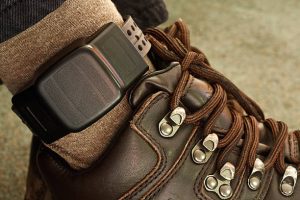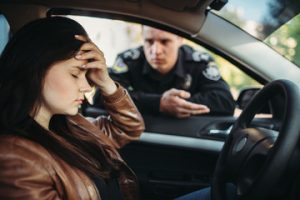If you are facing a DUI conviction in San Diego County, you may be eligible for the County Parole and Alternative Custody Program (CPAC). CPAC can allow you to serve your sentence outside of jail, often at home under electronic monitoring.
As experienced San Diego DUI defense attorneys, we help clients explore every possible alternative to incarceration—including CPAC. Here’s what you need to know.
What Is CPAC?
The San Diego County Sheriff’s Department administers CPAC, which stands for the County Parole and Alternative Custody Program. CPAC is designed to:
- Relieve jail overcrowding
- Reduce costs to the county
- Help eligible individuals serve sentences in the community instead of behind bars
CPAC uses electronic ankle monitoring (house arrest) and strict supervision to ensure participants comply with their court-ordered sentence while remaining employed and supporting their families.
CPAC Eligibility for DUI Offenders
CPAC is available to low-risk offenders, including those convicted of misdemeanor DUI and in some cases non-violent felony DUI offenses.
General eligibility factors include:
- Non-violent offense (DUI without injury or great bodily injury enhancements)
- No outstanding warrants, detainers, or immigration holds
- Must have a stable residence in San Diego County
- Must be medically and mentally able to participate
- Must pass a risk assessment and interview by CPAC staff
Important: CPAC is not automatically granted—your defense attorney must request it as part of your sentencing strategy, and the court and the Sheriff’s Department must both approve it.
How CPAC Works
If accepted into CPAC, you will:
- Be released from jail into home detention
- Wear an electronic ankle monitor (GPS) at all times
- Follow strict curfews and travel restrictions
- Submit to random alcohol and drug testing
- Continue to work or attend school if permitted
 San Diego DUI Lawyers Blog
San Diego DUI Lawyers Blog






